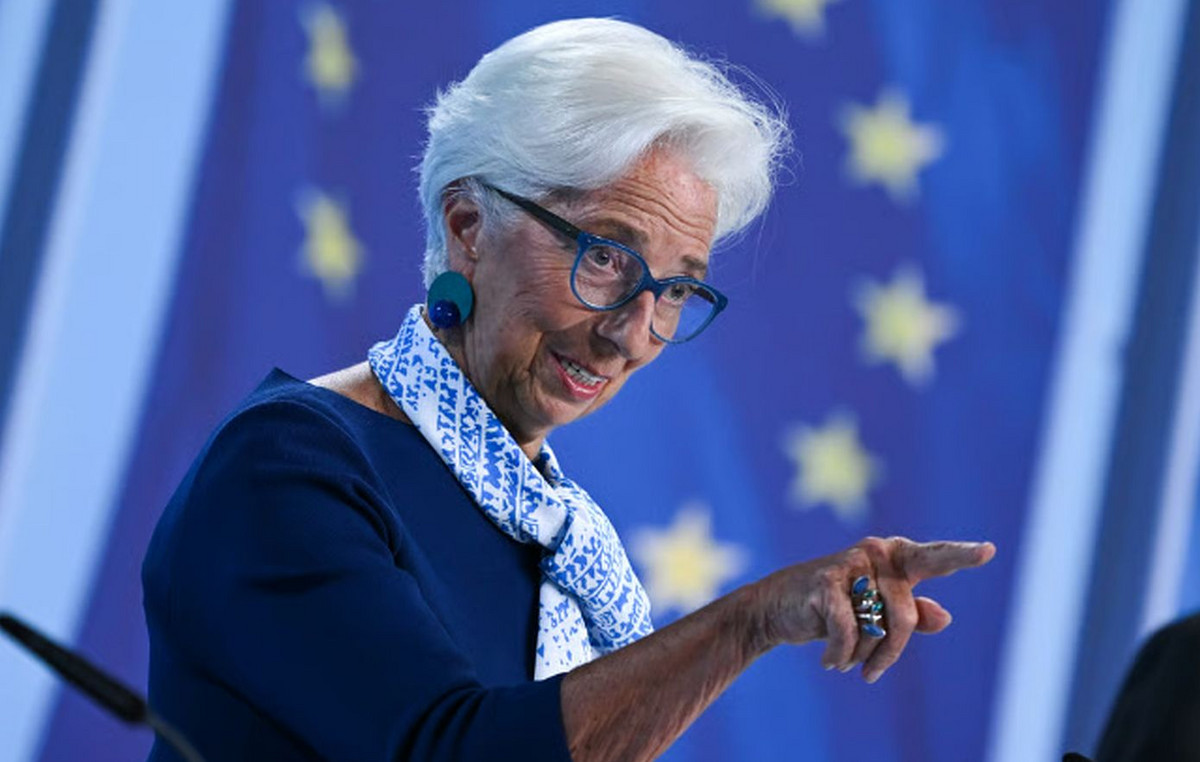- The Mexican Peso remains near the 50-day SMA at 20.11, with USD/MXN showing minimal movement following US PMI data.
- Banxico is widely anticipated to cut rates following November’s encouraging inflation numbers, with most economists predicting a 25bp reduction.
- Anticipation is growing around the upcoming Fed and Banxico rate decisions.
The Mexican Peso begins the week on the defensive but remains near the 50-day SMA at 20.11 as US business activity expanded in the services sector while manufacturing continues depressed At the time of writing, USD/MXN is trading with minimal gains of over 0.06%, virtually unchanged.
US S&P Global released preliminary PMIs for December, which were mixed. The Services and Composite PMIs surpassed the previous month’s reading, indicating economic strength. However, manufacturing activity contracted after reaching its highest level in the last six months.
USD/MXN ignored the data but maintained previous gains. The exotic pair could experience some volatility in the coming days as the Federal Reserve (Fed) and the Bank of Mexico (Banxico) announce their latest monetary policy decisions.
Data from the CME’s FedWatch tool shows that the Fed is expected to cut rates by 25 basis points on December 18 with 98% odds. Meanwhile, a Reuters poll showed that 20 of 22 economists expect Banxico to cut rates by 25 bp to 10.00%, while two estimate the institution will reduce rates by 50 bp.
Data from Mexico last week gave its central bank the green light to ease policy. November inflation data confirmed that the disinflation process is accelerating.
This week, Mexico will present data on retail sales, aggregate demand, private spending and Banxico’s interest rate decision. In the US, retail sales, construction permits, the Federal Open Market Committee (FOMC) decision and the Fed’s preferred inflation indicator, the core Personal Consumption Expenditure (PCE) Price Index, They could dictate the path of monetary policy for the US central bank.
Daily Market Summary: Mexican Peso Trades Sideways Following Banxico Survey
- Banxico’s December private sector survey showed that most economies expect inflation to end at 4.37% in 2024 and core prices at 3.60%, down from 3.69% in November. The economy is expected to grow 1.60%, up from 1.53%, and the USD/MXN exchange rate is expected to be at 20.25.
- By 2025, Mexico’s Consumer Price Index (CPI) is projected to fall to 3.80%, and the underlying CPI to rise to 3.72%. The Gross Domestic Product (GDP) is expected to be 1.12%, below the 1.20% estimated in November, and the USD/MXN spot price will end at 20.53.
- The Interbank Equilibrium Interest Rate (TIIE) of the Bank of Mexico is expected to drop from 10.00% in 2024 to 8.38% by the end of next year.
- The Peso has been pressured by the harsh rhetoric of US President-elect Donald Trump, who threatened to impose 25% tariffs on Mexican imports if the government does not help combat illegal immigration and fentanyl trafficking.
- JPMorgan analysts hinted that Banxico could cut rates by 50 basis points as inflation data shows prices are falling faster than expected.
USD/MXN Technical Outlook: Mexican Peso Falls as USD/MXN Holds Near 20.10
USD/MXN remains biased higher, although a decline appears likely in the short term. The momentum changed to bearish with the Relative Strength Index (RSI) falling below its neutral level. If sellers can break through some support levels, the exotic pair will see further declines.
The 50-day SMA at 20.08 continued to limit the decline of USD/MXN. If broken, the next target would be the 20.00 figure, with further declines seen to the 100-day SMA at 19.71. A break of the latter will expose 19.50.
Conversely, if USD/MXN rises above 20.25, the immediate resistance would be 20.50. Once surpassed, it will expose the December 2 daily high of 20.59, followed by the yearly peak of 20.82, followed by the 21.00 mark.
The Mexican Peso FAQs
The Mexican Peso (MXN) is the most traded currency among its Latin American peers. Its value is largely determined by the performance of the Mexican economy, the policy of the country’s central bank, the amount of foreign investment in the country and even the levels of remittances sent by Mexicans living abroad, particularly in the United States. . Geopolitical trends can also affect the MXN: for example, the nearshoring process (or the decision by some companies to relocate manufacturing capacity and supply chains closer to their home countries) is also seen as a catalyst for the currency. Mexican, as the country is considered a key manufacturing center on the American continent. Another catalyst for the MXN is oil prices, as Mexico is a key exporter of the raw material.
The main objective of Mexico’s central bank, also known as Banxico, is to keep inflation at low and stable levels (at or near its target of 3%, the midpoint of a tolerance band between 2% and 4%. %). To do this, the bank establishes an appropriate level of interest rates. When inflation is too high, Banxico will try to control it by raising interest rates, which makes borrowing more expensive for households and businesses, thus cooling demand and the economy in general. Higher interest rates are generally positive for the Mexican Peso (MXN) as they lead to higher yields, making the country a more attractive place for investors. On the contrary, lower interest rates tend to weaken the MXN.
The publication of macroeconomic data is key to evaluating the state of the economy and can have an impact on the valuation of the Mexican peso (MXN). A strong Mexican economy, based on high economic growth, low unemployment and high confidence is good for the MXN. Not only does it attract more foreign investment, but it may encourage the Bank of Mexico (Banxico) to raise interest rates, particularly if this strength is accompanied by high inflation. However, if economic data is weak, the MXN is likely to depreciate.
As an emerging market currency, the Mexican Peso (MXN) tends to rise during periods of risk, or when investors perceive overall market risks to be low and are therefore eager to engage in investments that carry higher risk. . Conversely, the MXN tends to weaken in times of market turbulence or economic uncertainty, as investors tend to sell riskier assets and flee to more stable safe havens.
Source: Fx Street
I am Joshua Winder, a senior-level journalist and editor at World Stock Market. I specialize in covering news related to the stock market and economic trends. With more than 8 years of experience in this field, I have become an expert in financial reporting.








